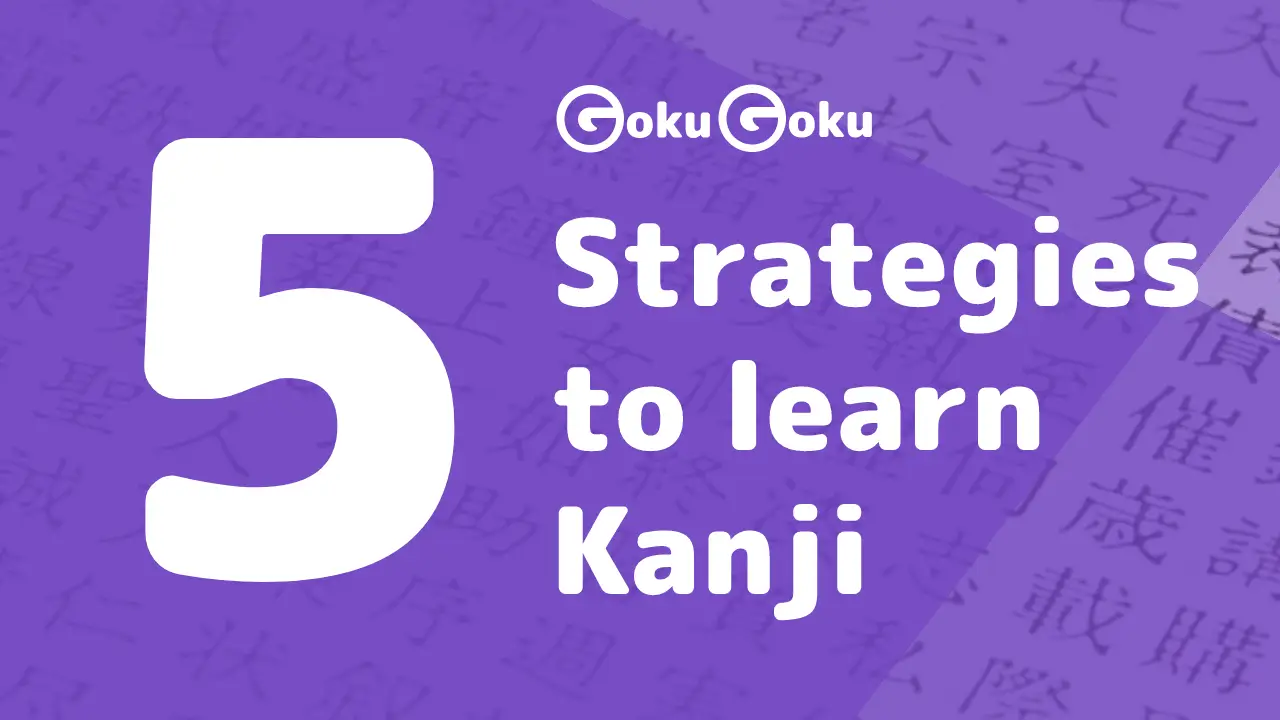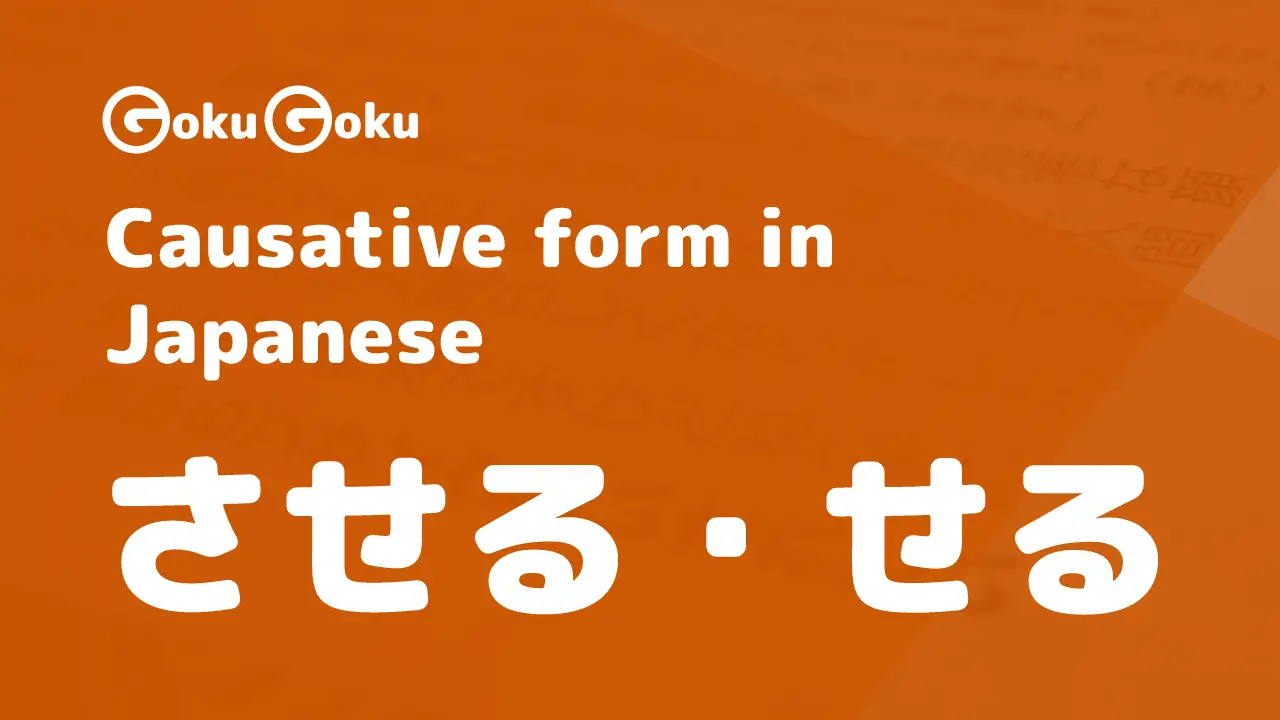"Onomatopoeia" in Japanese is expressed with the loan word from English オノマトペ, transcribed with the syllabary katakana.
This word comes from the Greek onomatopoiìa:
"onoma":
name"poieo":
I do
Together they mean creation of a name.
Onomatopoeias are a very interesting aspect and used in the Japanese language. Today we are going to learn what they are, how they work, and how they are used.
What do we mean when we talk about onomatopoeia?
In their simplest form, onomatopoeias are words that represent sounds using letters.
Onomatopoeias put sounds in written form trying to make the expression as close as possible to the sound emitted.
To give some examples:
"bang bang"
"meow"
"knock knock"
"boom"
They are added to our spoken and written language to enrich the sentence, to give it a color and nuance that they would not have otherwise
Various types of onomatopoeias in Japanese
There are various types of Onomatopoeias in Japanese.
Here are some examples together with the Japanese term that characterizes them. It is not necessary to learn the word, but it is useful to understand the differences between one type and another:
擬声語 are sounds coming and emitted by humans and animals (声
voice)擬音語 are sounds that come from inanimate objects and from nature in general (音
sound)擬態語 are terms that describe states and conditions (態
state)擬容語 are sounds that indicate movements and actions (容
aspect)擬情語 are sounds related to feelings and emotions (情
sentiment)
Sounds emitted by animals
擬声語 the sounds emitted by animals
The interesting and funny aspect is to realize how each culture hears and represents the sounds of animals in a different ways.
Here are some examples:
コケコッコ "chicchirichì" the crowing of the cock
ガーガー towards the duck
モーモー "muu muu" the verse of the cow
ニャン "meow" the cat meow
チューチュー the chirping of the birds "cip cip"
ブーブー "oink" the grunt of the pig
メーメー "bee bee" the bleating of the sheep
ワンワン "bau bau" the dog's 犬 verse is also expressed with the graceful term that combines ワン (the verse) and ちゃん (the suffix) that is often used with children, the little ones, in this case we indicate the puppy ワンちゃん
ワンちゃんを探す。
Looking for a puppy.
Sounds from the elements of nature
擬音語 sounds from the elements of nature
Common for this kind of onomatopoeia are the sounds, for example, of rain on the ground, roaring water, wind and fire:
ザーザー the pouring rain
パラパラ the sound of gentle rain falling with light drops
ポツポツ makes the sound of light rain, but with heavy drops that descend almost in cadence
ジトジト instead represents a continuous rain
The Japanese people have a particular, deep, even intimate relationship with nature. The language blends with the nuances of the elements of creation, as you can see from these few expressions.
Perceives the differences in the sounds and expressions of every single element of creation, an aspect that honors and distinguishes the splendid Japanese culture:
ピューピュ gives the idea of the strength of the wind
ゴロゴロ the visual impact and power of lightning
シンシン the snow that falls lightly and lightly
This kind of onomatopoeia also recalls the sounds coming from the environment in general, from the sounds emitted during meals, to cars or everyday objects whose use somehow also involves reproduction of a sound.
パリパリ and カリカリ refer to the noises of food, crunchy, fragrant foods, make the sound that emerges in the moment of chewing them
ピーポー the sound of the police steering wheel siren
バタン is the noise that emerges from the impetuous closing of a door
カチャ to continue is for example the "mechanical sound" of a car door the instant it closes
クッキーがサクサクしている。
The cookies are crunchy.
Sound, condition, quality of objects
擬態語 instead represent through sounds, the condition, the quality of objects, of elements.
They give us information about their consistency. They are also used to describe an action, such as a facial expression, emotion or feeling with an associated sound:
ツルツル, for example, expresses well the smooth, slippery condition even for example of a freshly washed floor, but also of smooth and smooth skin
デコボコ also has the respective kanji 凸凹, very particular as you can see. Indicates something irregular in shape. A land could be "dekoboko"
A dress could be ダブダブ wide, comfortable, almost a few more measures than expected; if instead it is ボロボロ then it will not have a long life, it is in fact worn out.
キラキラ is often accompanied by the verb "to shine" 光る and emphasizes the effect of brightness and glow
星がキラキラ光る。
The stars shine brightly .
Mood of the person
There are also sounds that give us an idea of the person's mood. An example is イライラ, which indicates a nervous condition. If we are particularly tired and we happen to doze off, then we are doing うとうと.
ニコニコする。
Be smiling.
The expression ニコニコする uses the sound "niko niko". If you follow the facial expression, you can see how it expresses a hint of a smile. The expression also translates to always have a smile on your face.
Some onomatopoeias are also expressed in adverbial form with the particle と: ニコニコする can also be found in the form ニコッとする.
We often find onomatopoeia written in hiragana, as we said at the beginning, and particularly for the typology of 擬態語: linked to the state and condition of the person or any element of the surrounding world.
The onomatopoeia is often associated with the verb する, "to do", and thus becomes a verb.
ドキドキ makes the sound of the heartbeat, the leap of the heart, following an emotion, combined with the verb する thus becomes get excited.
ドキドキする。
Get excited, jump, get excited.
Sounds for the movement
擬容語 describes movement and actions related to both living and inanimate beings
クルクル indicates a complete turn, so to go in circles, to go around something. It is in fact combined with the verb 回る turn.
のそのそ歩く。
Staggering walking.
If we find ourselves wandering without a fixed destination we are doing うろうろ, the verb is うろうろする
ぐっすりと眠る。
Sleep soundly.
ぼうっと indicates something vague and indistinct and is used together with the verb "suru": ぼうっとする means not to think about anything, to be with your head in the air, among the clouds.
擬情語 the sounds that give us information about the person's feelings and state of mind
ワクワクする get excited, get excited
くよくよする indicates a condition of agitation, getting worried, tormenting about something
うっとりする to be in a state of ecstasy, to be enchanted, fascinated
あたふたと to be in a hurry, haste and fury, hastily and even confusedly
Onomatopoeia expressed through the kanji
There are some onomatopoeias that are expressed with kanji.
They are of less common use, but it is possible to find them:
燦燦 also written 燦々 referring to something that shines
潺潺 also written 潺々 referring to the sound emitted by a stream flowing in the mountains, shallow and clear
Are onomatopoeias written in hiragana or katakana?
In general we say that there are no definitive rules for the use of one syllabary or the other.
According to some Japanese authors and scholars hiragana is used for "soft sounds" and katakana is used for "hard sounds".
There are numerous and varied onomatopoeias as we have seen.
Obviously it is not necessary to memorize them all. The advice is always to follow a selection of terms. What expressions do we need or are in common use? Which onomatopoeias stand out most in everyday conversations?







